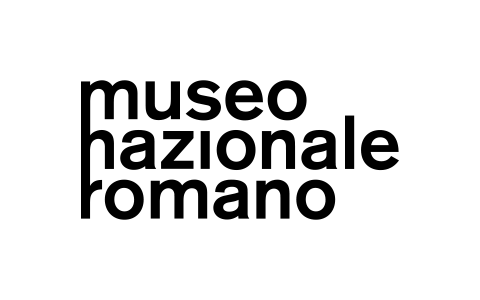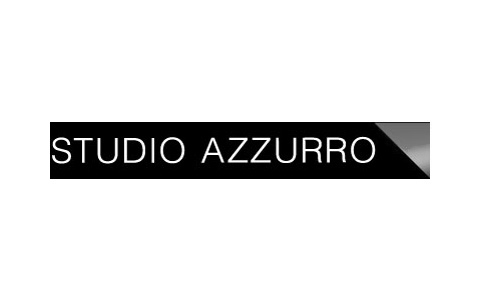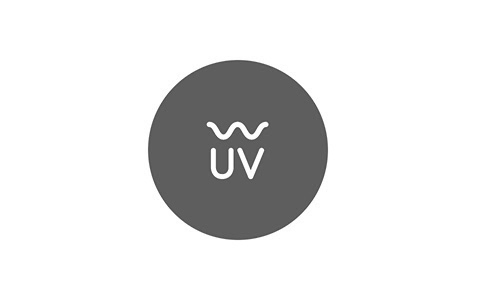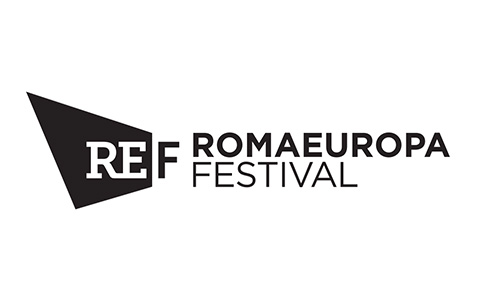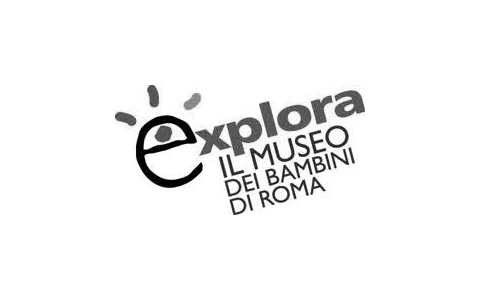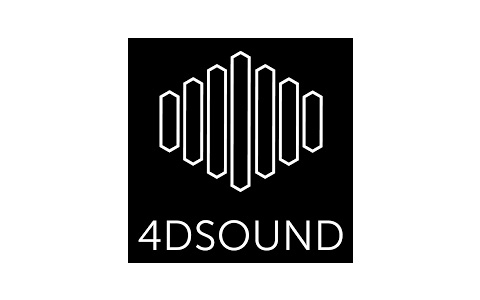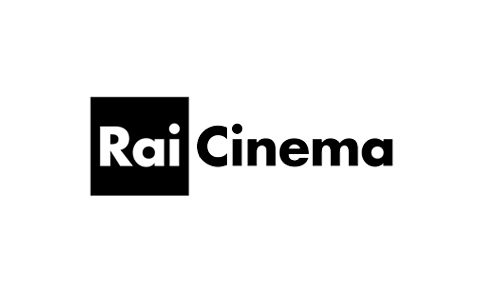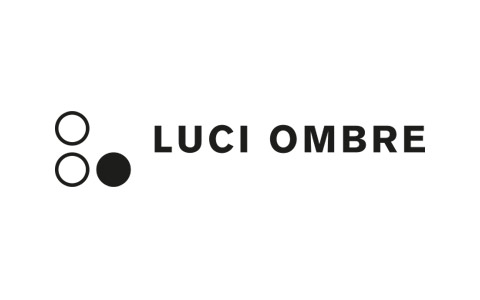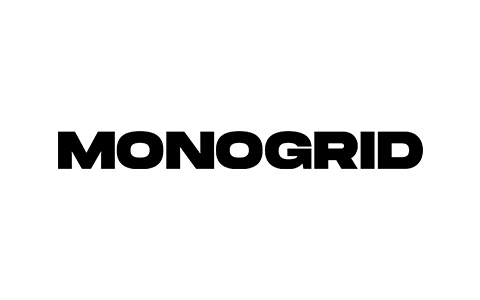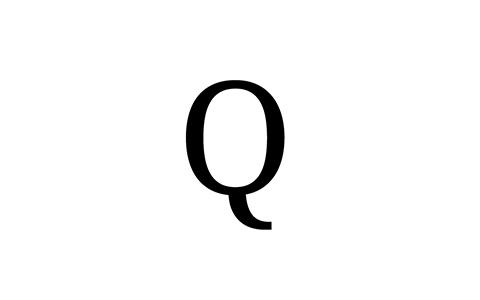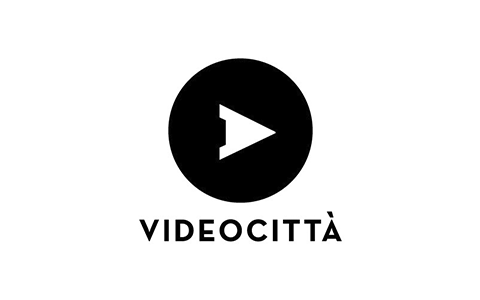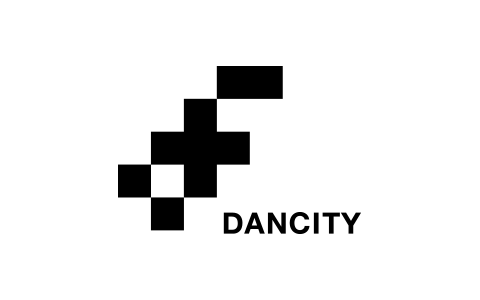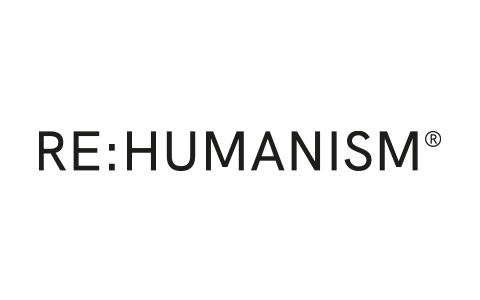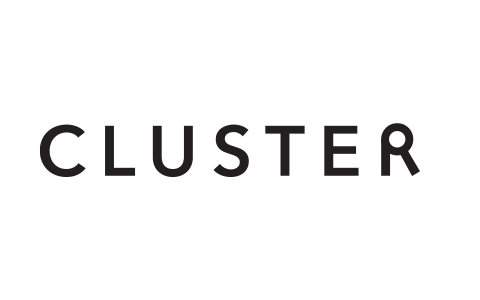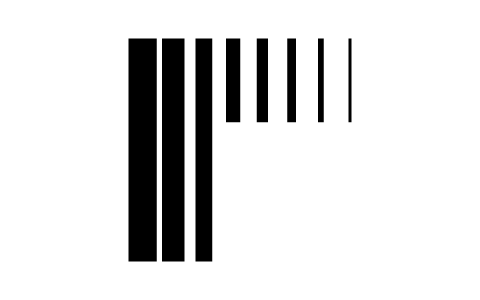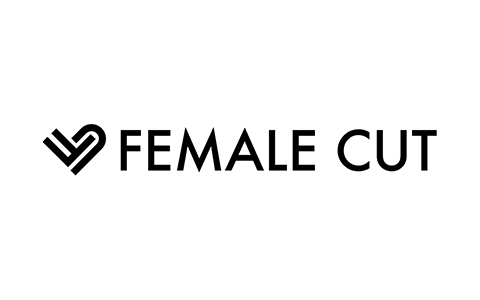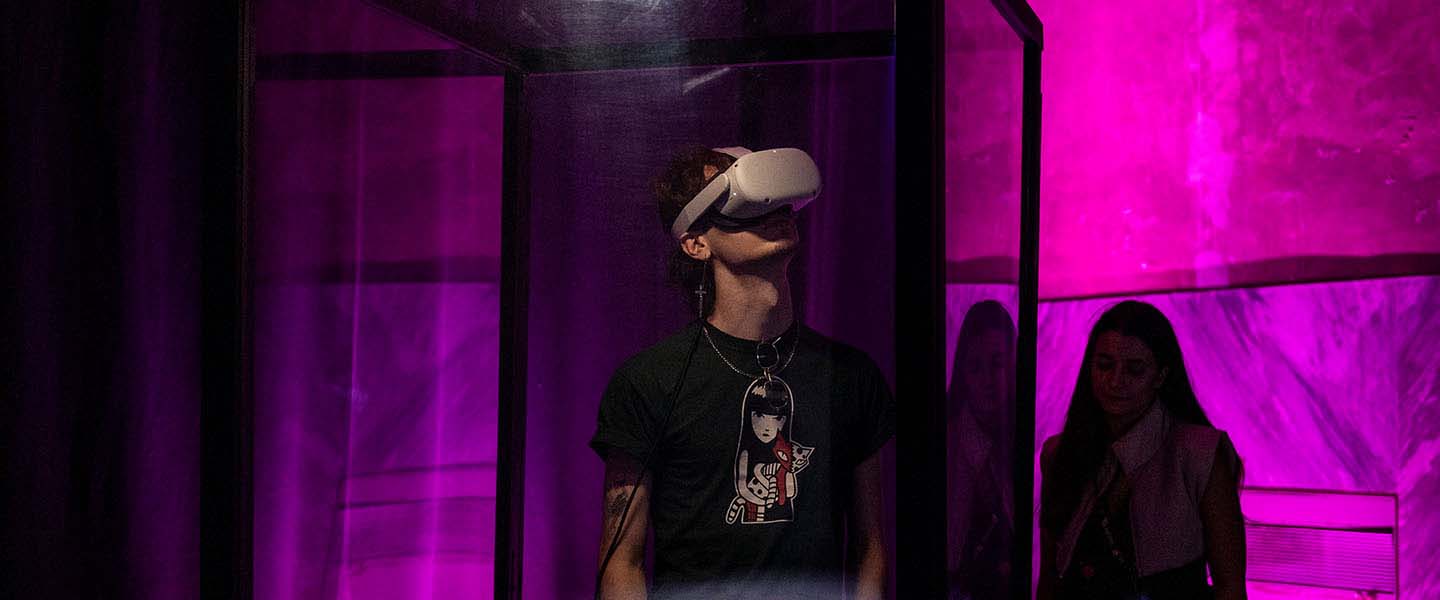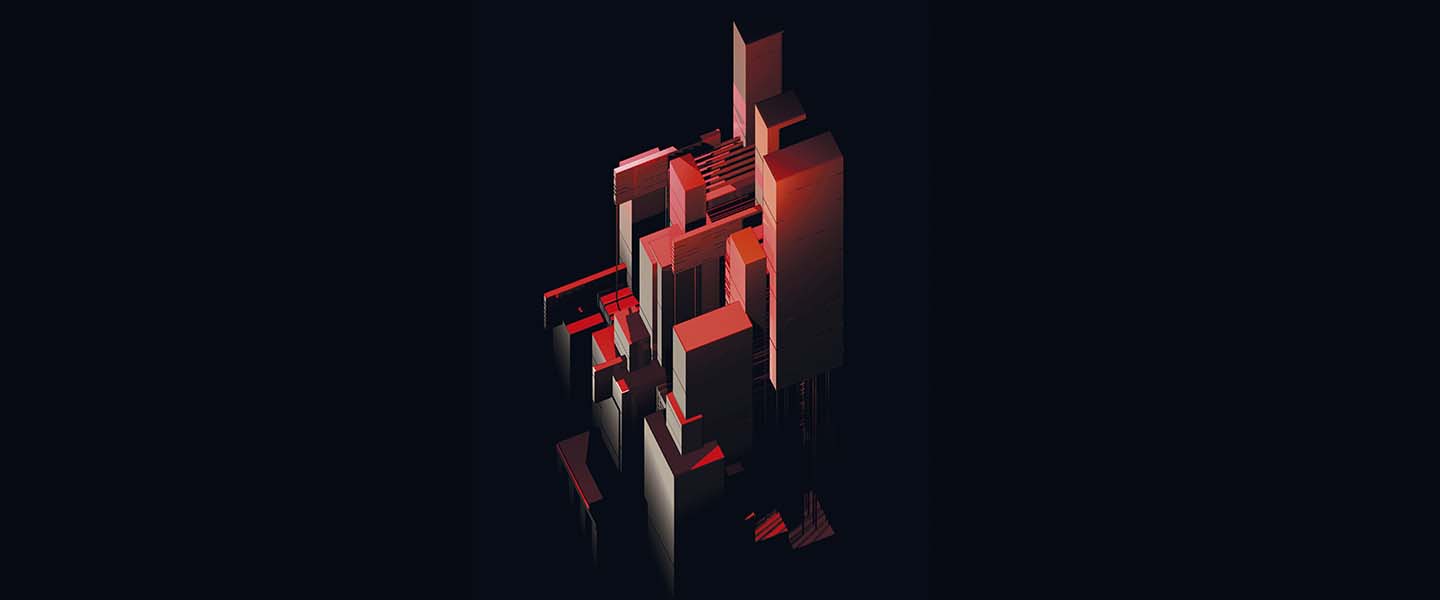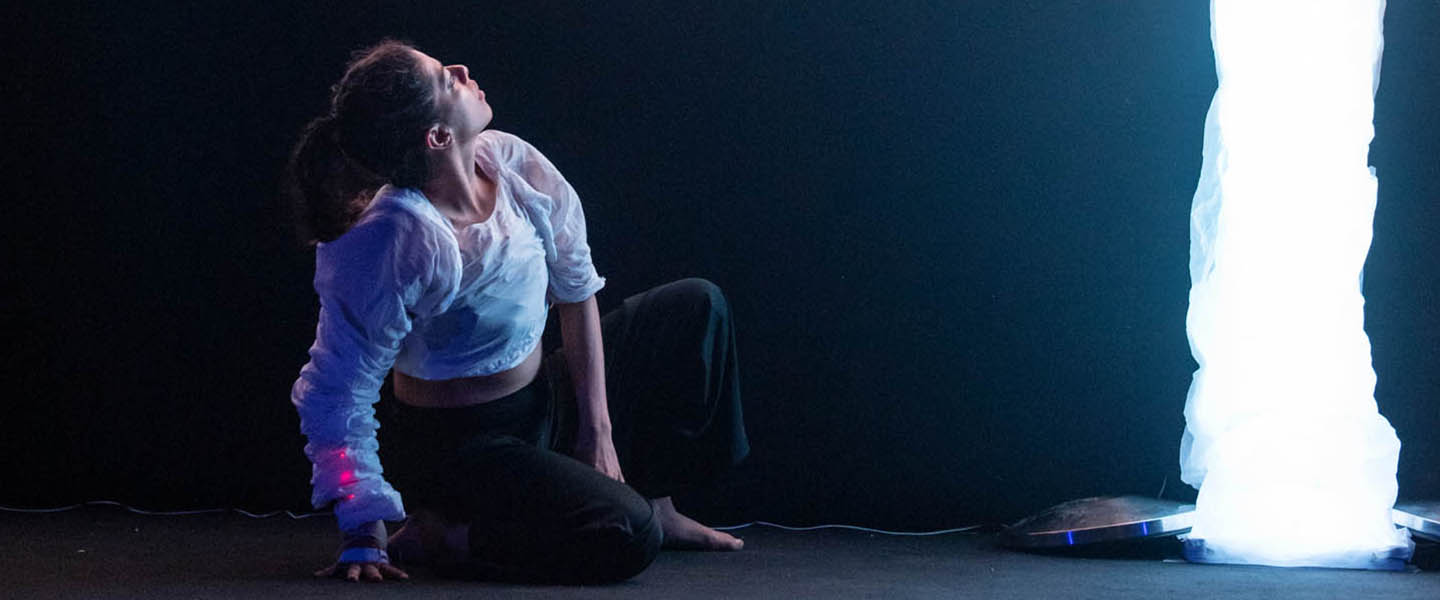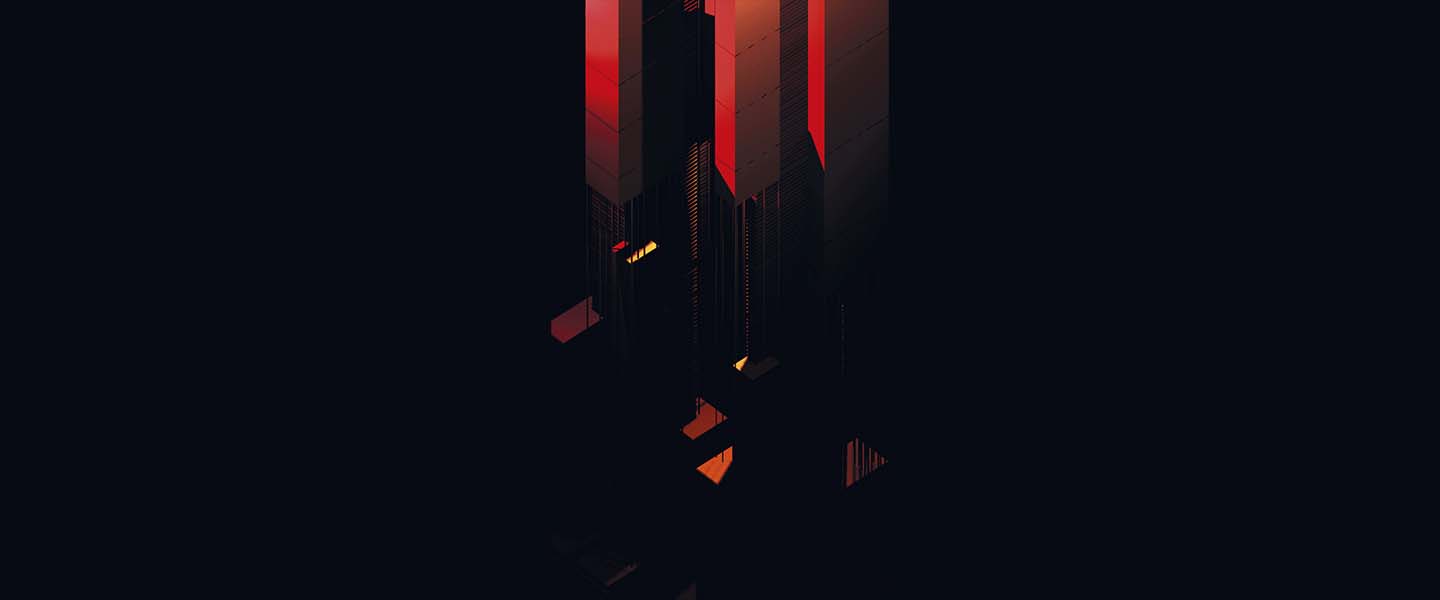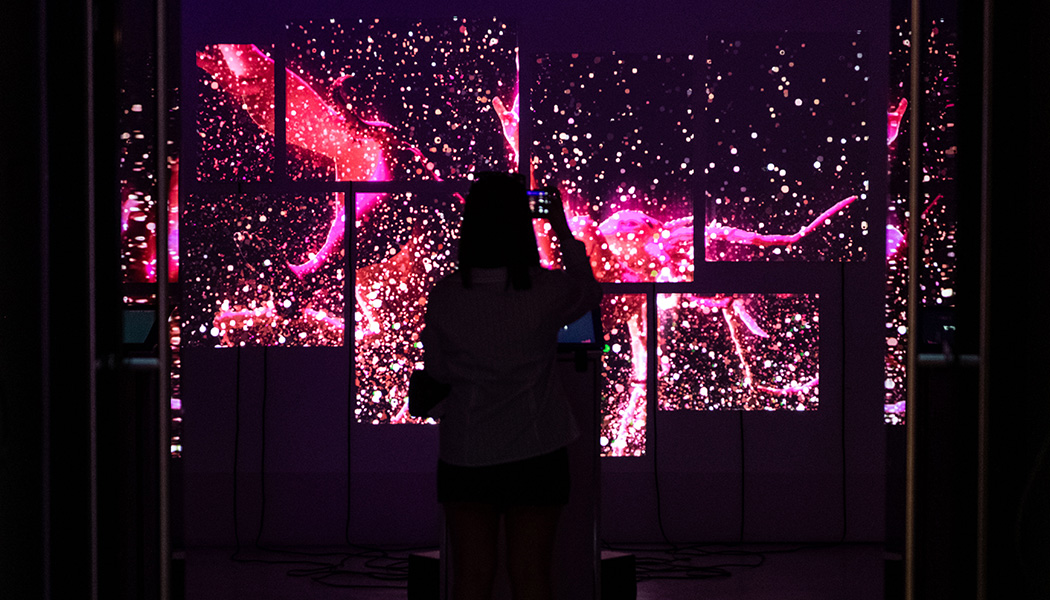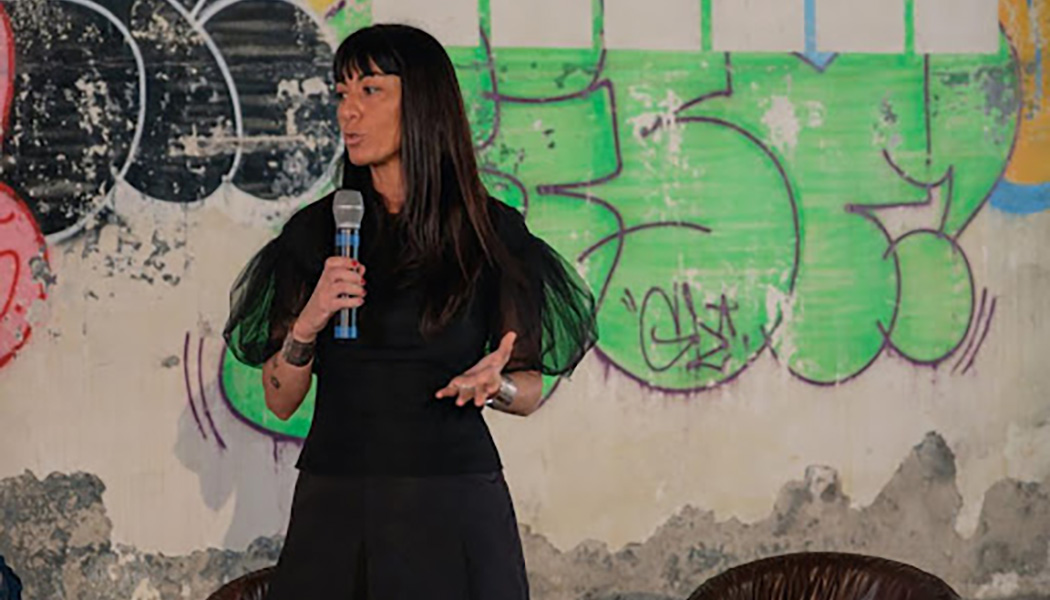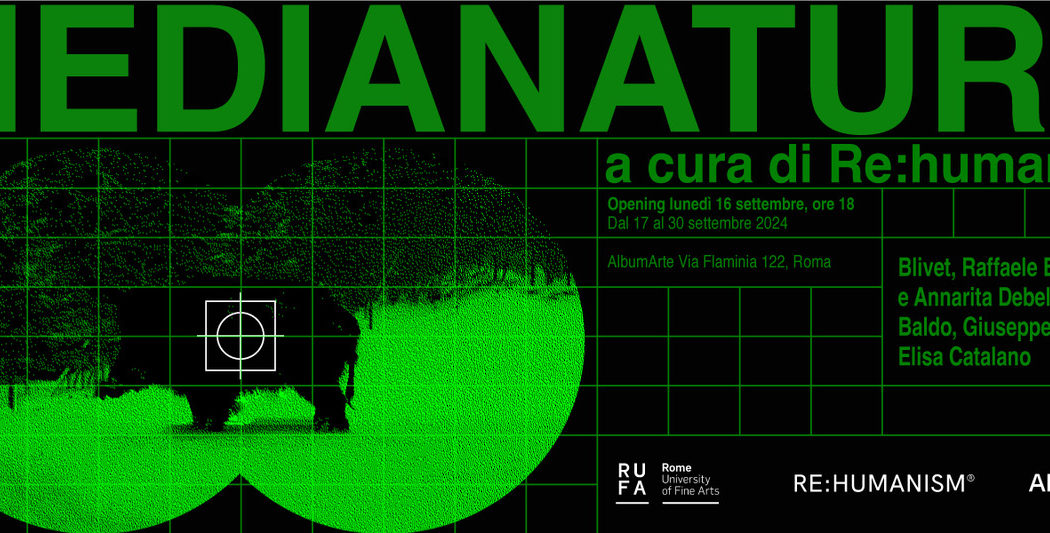TAUGHT IN ITALIAN ❯
A multidisciplinary and advanced technology course
You will enter the world of advanced experimental design thanks to a multidisciplinary approach to the languages of the present, with the aim of being able to spend the skills acquired in different professional fields: from the creation of vfx for cinema to the development of virtual sets for television, from the design of stages for large events to the hybridisation of design with new technological instruments, passing through the realisation of multiple forms of expression and practices such as: interactive installations, live performances, virtual and augmented reality and sound experimentation specific to the contemporary artistic world.
Qualification:
Second Level Academic Diploma, equivalent to a Master’s degree
Duration:
2 years, full time
Language:
Italian
Credits:
120 ECT
Location of attendance:
Rome
Requirements:
Italian students
Bachelor’s degree or equivalent qualification
Portfolio
International students
Bachelor’s degree valid for the Italian Education System
Portfolio
Course language B2 certificate
Upon admission non-UE students have to fulfill the procedure to obtain a Student VISA
Field:
New technologies, Exhibitions, Multimedia spaces, Cultural events
Main subjects:
Media space design, Multimedia direction, Sound design, Augmented reality
Future careers:
Multimedia artist, Designer and technician of multimedia and museum spaces, Communicator of multimedia works.
Multimedia works designed around the spectator.
The Master of Arts in Multimedia Arts and Design – one of the pioneers of multimedia research and studies in central and southern Italy – is characterised by its transdisciplinary approach, starting from the awareness of how media and new digital technologies have assumed an increasingly preponderant role within the contemporary creative paradigm. This is a broad field of intervention, capable of ranging across a multitude of disciplinary fields that concern not only the design of installations and installations for large cultural events, curatorship for public and private spaces, but also aesthetic experimentation connected to the languages of artificial intelligence and robotics. The Course therefore intends to provide an excellent training response to the great demand for designers, combining a solid theoretical-critical basis of new technologies with the technical skills of the multimedia expert.
A complete design process.
Within the development process, which concerns both indoor and outdoor contexts, the Course in Multimedia Arts and Design will provide students with the necessary tools to identify the right approach to multimedia, in relation to the functional and aesthetic requirements inherent to each project.
From a practical/laboratory point of view, thanks to the Course’s teachings, students will deepen their knowledge of innovative software for design representation, exalting the expressive possibilities derived from advanced media. The teachings cover, among others, multimedia space design, audiovisual performance and sound installations, exhibit design, virtual set design, virtual and augmented reality, artificial intelligence and robotics, multimedia directing and a critical approach to contemporary art in relation to new media.
Career prospects for the future.
The course aims to train a highly specialised professional figure, able to actively participate in the contemporary creative industry, thanks to partnerships with prestigious national and international institutions. Course participants will be able to spend their acquired skills in all situations requiring a critical approach to new technologies, ranging from the institutional to the underground context, through the realisation of projects such as: installations and multimodal spaces, interactive, sound and immersive environments, audiovisual performances, virtual scenographies, videomapping, virtual and augmented reality works and much more. The main objective is to respond to the new artistic and cultural context, opening the door to experimental research through the creation of hybrid figures such as: the multimedia artist, the designer of events, festivals and museums, the curator specialised in the creation of exhibitions revolving around new media, the multimedia communication expert.
The Academic Master of Arts is equivalent to a University Master’s Degree.
*The course is available only in Italian. All lessons include mandatory attendance at RUFA’s locations in Rome.
Coordinator and tutor: Caterina Tomeo
Lecturers: Daniela Cotimbo, Caterina di Rienzo, Francesca Gollo, Filippo Gualazzi, Simone Pappalardo, Giulio Pernice, Donato Piccolo, Lorenzo Raffi, Caterina Tomeo, Gianluca Del Gobbo, Daniele Falchi.
Brochure DownloadPROGRAMME REGULATIONS
LOOK AT MULTIMEDIA ARTS AND DESIGN STUDENTS’ PROJECTS
ASK MORE INFO ABOUT THE COURSE
MA IN MULTIMEDIA ARTS AND DESIGN
Suggested study plan – Mandatory attendance at RUFA locations in Rome.
| YEAR | SUBJECT | ECTS | HOURS |
|---|---|---|---|
| I YEAR |
Psychology of art
Perception and Vision. The course is a general introduction to the psychology of art and its various approaches: psychoanalytic, Gestalt, experimental aesthetics and neuro-aesthetics. The study of the classics will be combined with a specific focus on contemporary theoretical-artistic issues.
| 6 | 45 |
|
Contemporary art and new media
Study of the multimedia language intended as a set of knowledge and skills that form a disciplinary multitude. Analysis of the relationship between artistic languages and new media: from the first experiences to the most recent productions and languages: digital videos, experimental films, multimodal installations, audiovisual performances, net / web art, glitch art, augmented reality, virtual reality.
| 8 | 60 | |
|
Multimedia direction
Knowledge of the possibilities of new media through the acquisition of both theoretical and practical tools that are necessary to create an audiovisual installation. Learning techniques related to video sound recording (indoor and outdoor), video post-production and management of multimedia contents in space (video-mapping).
| 6 | 75 | |
|
Multimedia spaces design 1
Study of the design methodology and production processes to build an immersive and interactive multimedia set-up within a complex system of exhibit design. Making use of different professionals from sound design to video post-production, from audio video service to structural set-up. Creation of a final project.
| 10 | 125 | |
|
Multimedia exhibit
Theoretical knowledge needed to work in the design of exhibition routes in different cultural spaces, highlighting the importance of the visitor-user that is at the heart of the installation project. The main variables and critical issues that emerge during the creation and setting of a multimedia project will be highlighted through practical exercises.
| 8 | 100 | |
|
Sound design 1
Study of the physics of sound and its rules. Analysis of the main programming languages to create algorithms for audio processing and synthesis so as to create a sound art work, an electronic instrument or a multimedia performance as a final project.
| 6 | 75 | |
|
Audiovisual performance and multimedia installation
Learning the theoretical foundations and effective experimentation methodologies and awareness of the design choices in the multimedia art. Creation of a work as the exam project: elaboration of the concept, design, presentation.
| 6 | 75 | |
|
Touch Designer
Learning Touch Designer software through the learning by doing technique: creation of interactive systems through the use of human interface devices, generation of images in real time for Audio / video installations, construction of interactions between 2D and 3D elements and creation of user interfaces for managing audio / video content.
| 6 | 75 | |
| Language skills - Internships - Workshops | 4 | / | |
| II YEAR |
Mass media theory & methods
Contemporary art and its institutions will be examined in the light of the transformations brought about by the digital revolution. They will be further analyzed through the critical, queer and cyberfeminist theories of Hal Foster, Boris Groys, Donna Haraway and Rosi Braidotti.
| 6 | 45 |
|
Multimedia for cultural heritage
The design of exhibits to enhance cultural heritage: legislative and regulatory aspects, definition of the concept of heritage, analysis of the main rules that govern it. The promotion of heritage through the selection of contents and their accessible display. Analysis and study of the various multimedia tools available through practical exercises.
| 6 | 75 | |
|
Multimedia spaces design 2
In-depth study, in the field of spatial design, of advanced and innovative techniques such as augmented and virtual reality, machine learning and computer vision, engines that simulate the physical world. Knowledge of the use of shaders for 3D graphics. Particular attention is paid to the simulation of natural environments and the possibility of interacting with them.
| 10 | 125 | |
|
Sound design 2
In-depth study of software development settings for live electronics and multimodal sound art. Search for a personal approach to sound art. Analysis of past art works. Testing multimedia art software and hardware.
| 6 | 75 | |
|
Virtual set design
Studying set design as a work of art with its own expressiveness through forms, volumes, interactivity, lights and projections. Study of the digital and virtual contribution in the use of techniques and technologies derived from computer graphics and in the real-time programming of effects, with a high visual impact, made interactive by the use of code, sensors and computer vision.
| 6 | 75 | |
|
Augmented reality
Theoretical study of the artists – from the pioneers to today - who have used augmented reality technologies in an innovative way. Historical context of the trends of contemporary arts and multimedia languages. Production of multimedia works of art and site-specific installations through augmented reality technology.
| 6 | 75 | |
| Language skills - Internships - Workshops | 4 | / | |
| Elective educational activities | 6 | / | |
| Thesis | 10 | / | |
| Total Credits | 120 |
CREDITS
Foto slider: Martina Carbone, Mattia Alongi.
Partner
